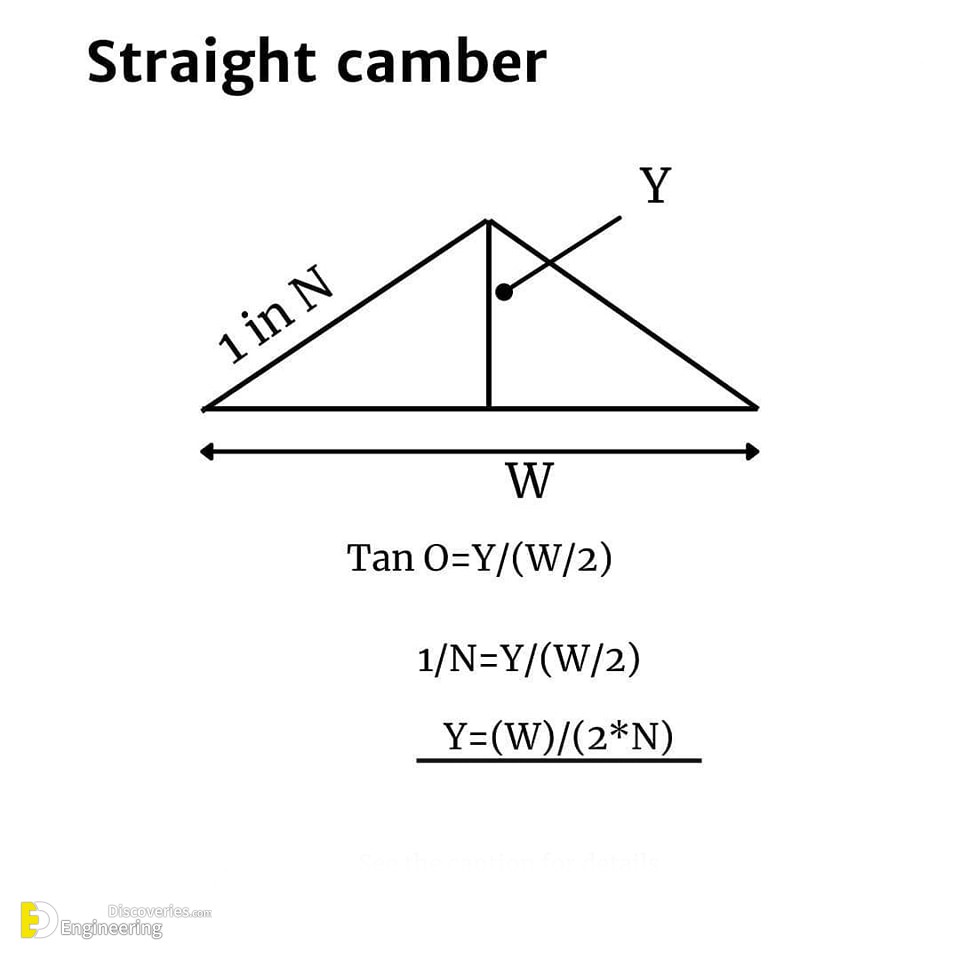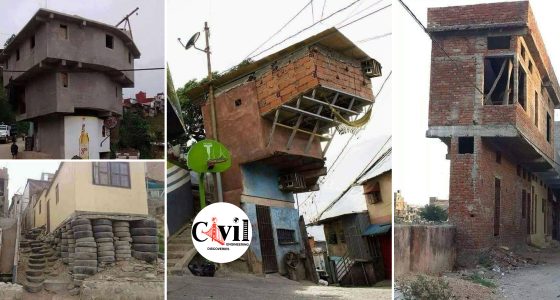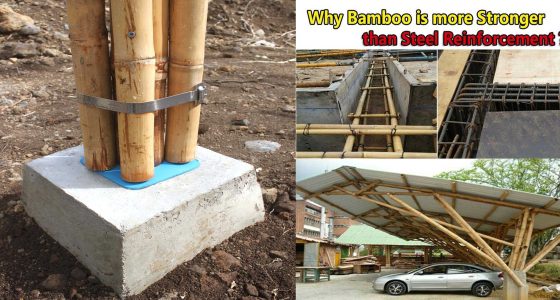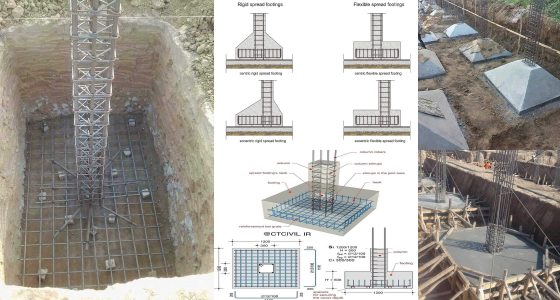Camber and curb are indeed important components found on roads, especially in the context of road design and safety. Let’s break down what each of these terms means:
1. Curb:
A curb is a raised boundary along the edge of the road, typically made of concrete or another durable material. Curbs serve several purposes, including:
Safety: Curbs act as a physical barrier between the road and adjacent areas, such as sidewalks or grassy areas, to prevent vehicles from accidentally driving off the road.
Pedestrian Safety: Curbs provide a designated space for pedestrians to walk safely alongside the road, separated from vehicular traffic.
Drainage: Similar to camber, curbs help direct rainwater away from the road and into stormwater drainage systems.
Traffic Control: Curbs can be used to define parking spaces, delineate lanes, and control traffic flow.
2. Camber:
It is the traverse slope provided to drain off the rainwater. Camber refers to the slope or angle of the road surface from the centerline toward the edge of the road. Roads are typically designed with a slight camber, meaning they are higher in the middle and slope down towards the sides. This design helps with water drainage, ensuring that rainwater flows off the road surface and doesn’t pool in the middle, reducing the risk of hydroplaning. Camber also aids in providing better traction and stability for vehicles, especially during turns.
Types Of Camber On Road
1. Sloped Or Straight Camber
It consists of two straight slopes from the edges joining at the center of the carriageway. This type of camber is very simple and can be easily constructed and maintained.
2. Parabolic Or Barrel Camber
It consists of a continuous curve either elliptical or parabolic. It provides a flat road surface in the middle and is steeper toward the edges. On account of steeper edges, this type of camber provides better drainage property. This camber is therefore preferred by fast-moving vehicles and suggested for urban roads.
This type of camber is difficult to construct and maintain. The barrel camber has steeper edges which are inconvenient to use. Moreover, the steeper edges are errored quickly and hence additional curbs are to be provided.
3. Composite Camber
It consists of two straight slopes from the edges with a parabolic or circular crown in the center of the camber. This type of camber can be easily constructed and maintained.









